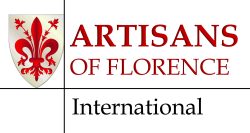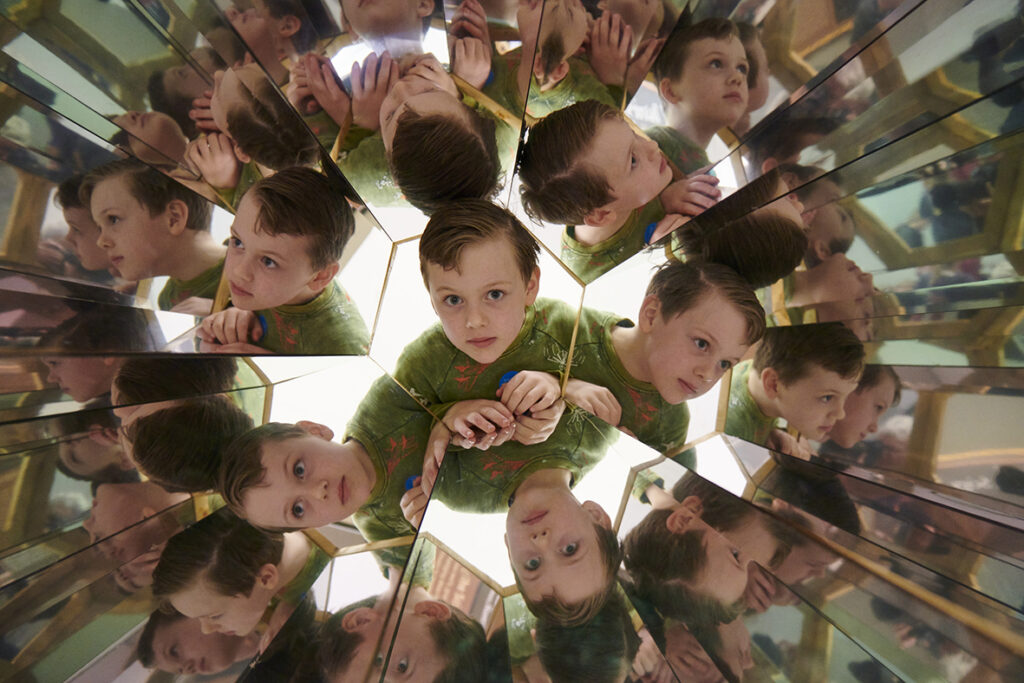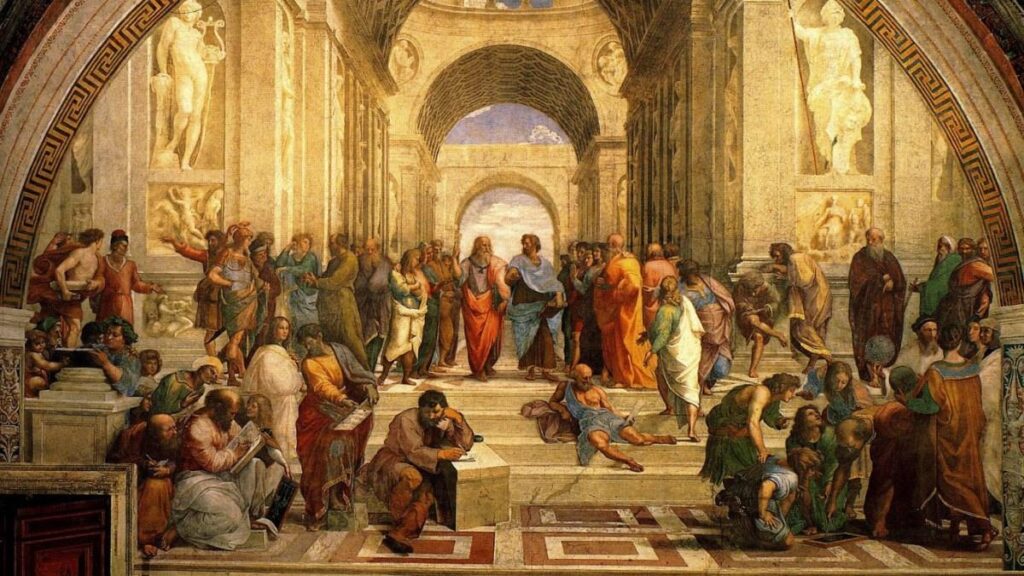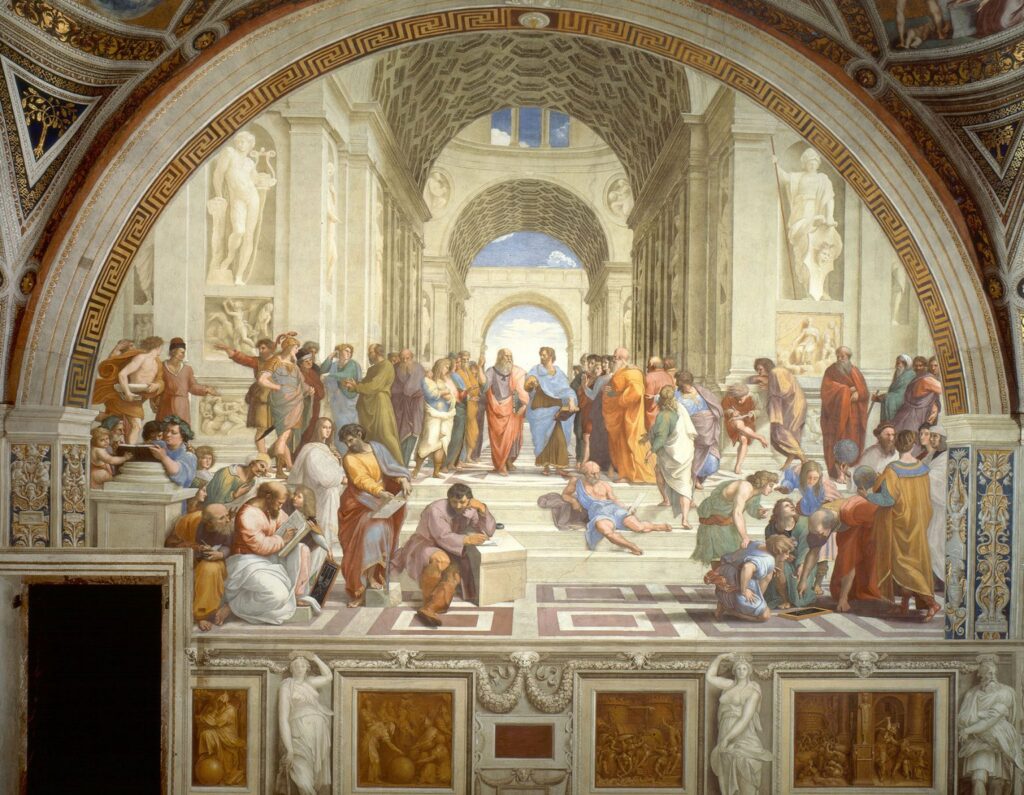The role of imagination in science
Albert Einstein may, or may not, have said that “the definition of insanity is doing the same thing over and over and expecting different results.” A century ago the American philosopher, logician, mathematician and scientist Charles Sanders Peirce wrote that inductive and deductive reasoning on their own never led to a new idea. He warned […]
The role of imagination in science Read More »



